California’s San Joaquin River Is Nation’s Most Endangered in 2014, Conservation Group Says
Regardless of drought, the San Joaquin faces key decisions this year, according to American Rivers.
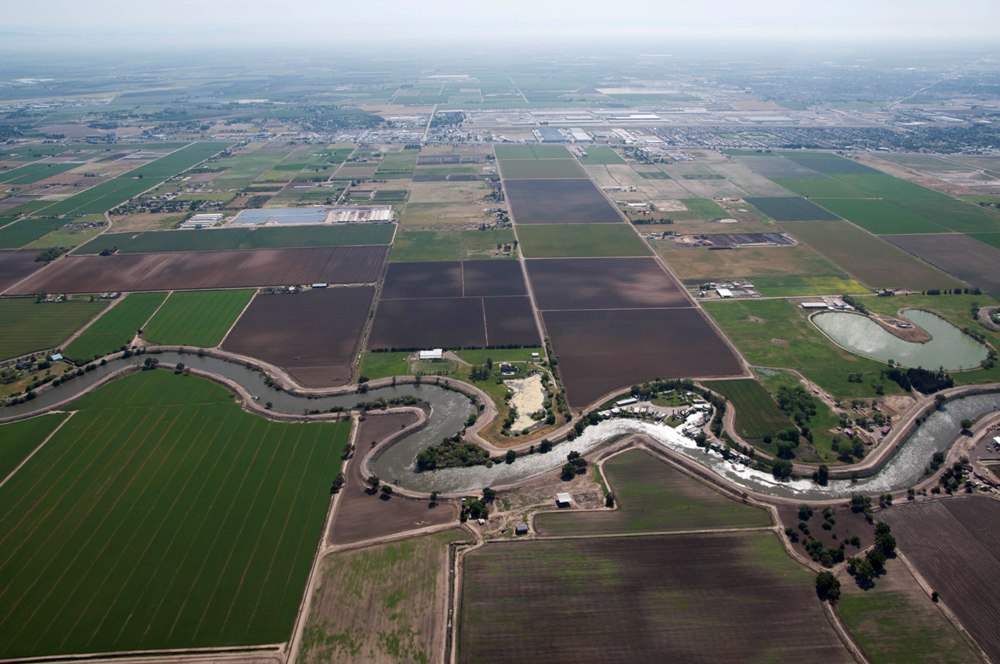
Because of an outdated system of dams, levees, and water diversions as well as a potential change in its management plan, California’s San Joaquin River is the nation’s most endangered waterway in 2014, according to American Rivers, a conservation group.
American Rivers has published the rankings annually since 1984. The list attempts to capture the spirit of the times. It is not scientific. It is not quantitative. It reveals which rivers are in need of a champion in that year.
“It’s not a list of the worst rivers or the most polluted rivers,” Amy Kober, American Rivers spokeswoman, told Circle of Blue. “We look for decision points in the coming year that can change the course for a river. That’s why the list tends to change.”
Consider southern New Mexico’s Gila River, for instance.
Ranked fourth on the list, the last undammed river in New Mexico is a target for development thanks to a legal settlement with Arizona a decade ago that divided the river’s water. New Mexico can grab up to $US 128 million in federal subsidies to build a dam-and-canal system, which would end up costing several times more than the feds are offering.
Or, New Mexico could choose a conservation option, for which federal aid would be reduced by half, and keep a sportsman’s paradise relatively untouched. The selection deadline is December 31, thus the Gila’s appearance on the list this year.
In California these days, as a deep drought aggravates longstanding tensions and depletes reservoirs, every water decision seems monumental. But drought alone did not push the San Joaquin to the top of the chart, said American Rivers representatives.
John Cain, who works on river restoration and flood risks in the group’s California office, told Circle of Blue that the San Joaquin would have earned the top ranking even without the record-setting dry cycle.
“There is a major decision before the water board about the future of the river,” Cain said. “Drought makes this a hotter issue, but it highlights that we don’t have sustainable water management in California.”
The major decision Cain speaks of is an update to the state’s comprehensive water management plan for the San Francisco Bay and the Sacramento-San Joaquin Delta. The San Joaquin is one half of a watershed that drains 40 percent of California before flowing into the largest estuary on the West Coast.
The Bay-Delta water quality plan will set goals for how much water will flow in the river during the months important for salmon and steelhead trout. The plan also determines salinity targets for the southern reach of the delta.
Delayed by the drought emergency, the new water quality plan should be finalized later this year, Cain said.
The Top Ten
Below are American Rivers’ ten most endangered rivers for 2014. Dams, flood risks, and energy development are all major threats, as well as pollution.
#1 San Joaquin River (California)
Threat: Outdated dams and levees, and insufficient river flows.
#2 Upper Colorado River (Colorado)
Threat: Diversion of water across the Rocky Mountains to cities on the Front Range. Colorado is developing a state water plan this year.
#3 Middle Mississippi River (Missouri, Illinois, Kentucky)
Threat: A levee in Missouri proposed by the Army Corps of Engineers that would cut the river off from a natural flood plain.
#4 Gila River (New Mexico)
Threat: Water diversions to gain access to federal dollars.
#5 San Francisquito Creek (California)
Threat: A dam owned by Stanford University that is 90 percent filled with sediment. An advisory group will make recommendations this year about what to do with the dam, including removal.
#6 South Fork Edisto River (South Carolina)
Threat: State law that exempts agriculture from needing a water withdrawal permit.
#7 White River (Colorado)
Threat: Some 15,000 new oil and gas wells have been proposed for the area, leading to concerns about water pollution and excessive groundwater use during the energy mining.
#8 White River (Washington)
Threat: A fish passage facility at Buckley Dam that was built in 1941 and is no longer useful.
#9 Haw River (North Carolina)
Threat: Pollution from urban pavement and from broken sewer pipes. The state’s General Assembly appointed a committee to recommend a clean up plan. Their proposal could be out as soon as May.
#10 Clearwater/Lochsa Rivers (Idaho)
Threat: The transportation of industrial equipment through a Wild and Scenic River corridor. As tall as a house and as long as a football field, these megaloads move equipment manufactured in Asia to the oil fields of Alberta.
Brett writes about agriculture, energy, infrastructure, and the politics and economics of water in the United States. He also writes the Federal Water Tap, Circle of Blue’s weekly digest of U.S. government water news. He is the winner of two Society of Environmental Journalists reporting awards, one of the top honors in American environmental journalism: first place for explanatory reporting for a series on septic system pollution in the United States(2016) and third place for beat reporting in a small market (2014). He received the Sierra Club’s Distinguished Service Award in 2018. Brett lives in Seattle, where he hikes the mountains and bakes pies. Contact Brett Walton


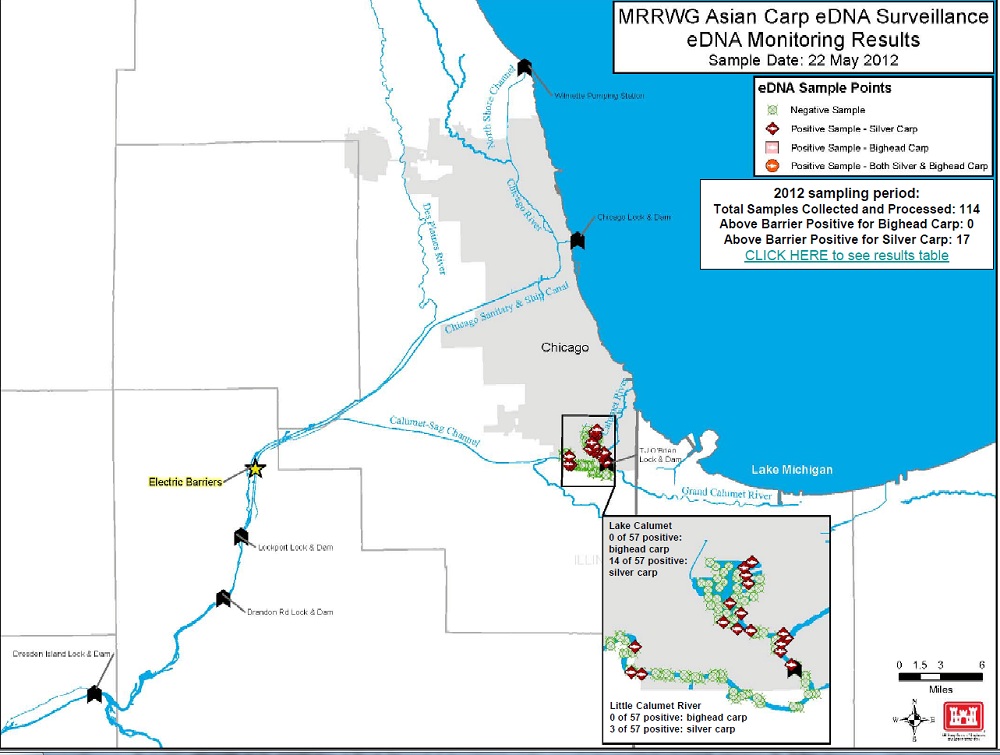
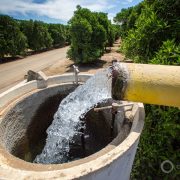

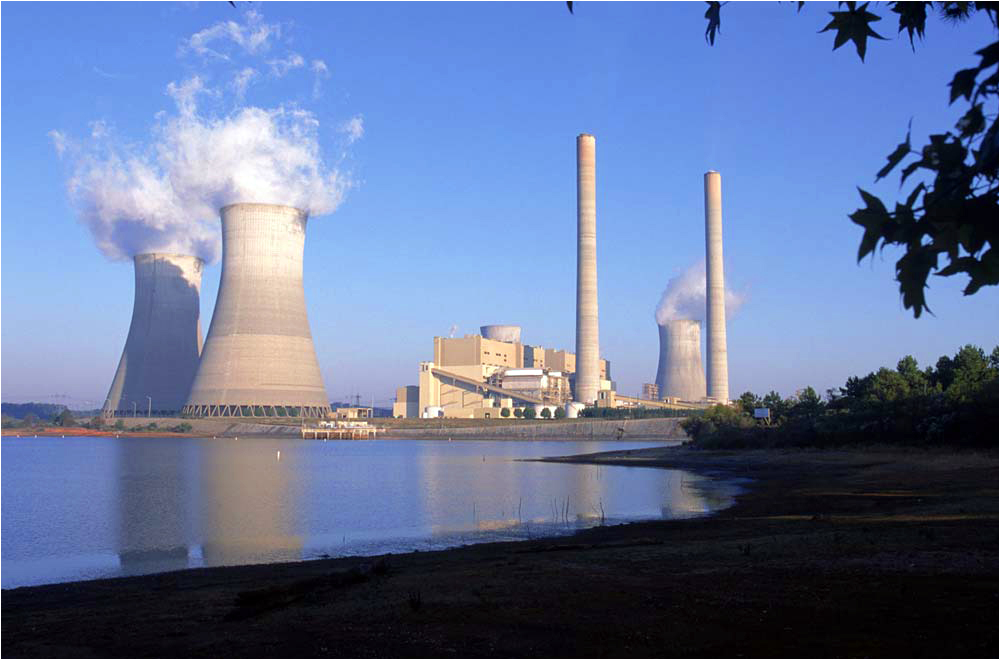

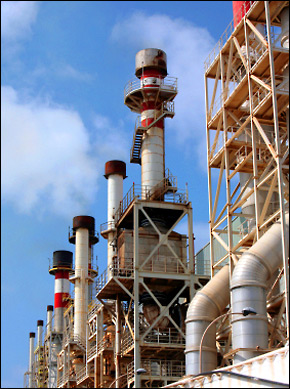


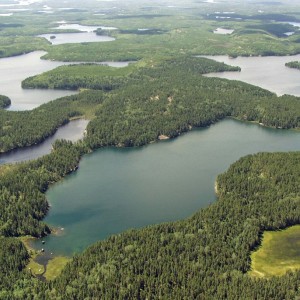
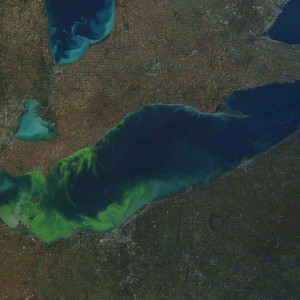
Leave a Reply
Want to join the discussion?Feel free to contribute!